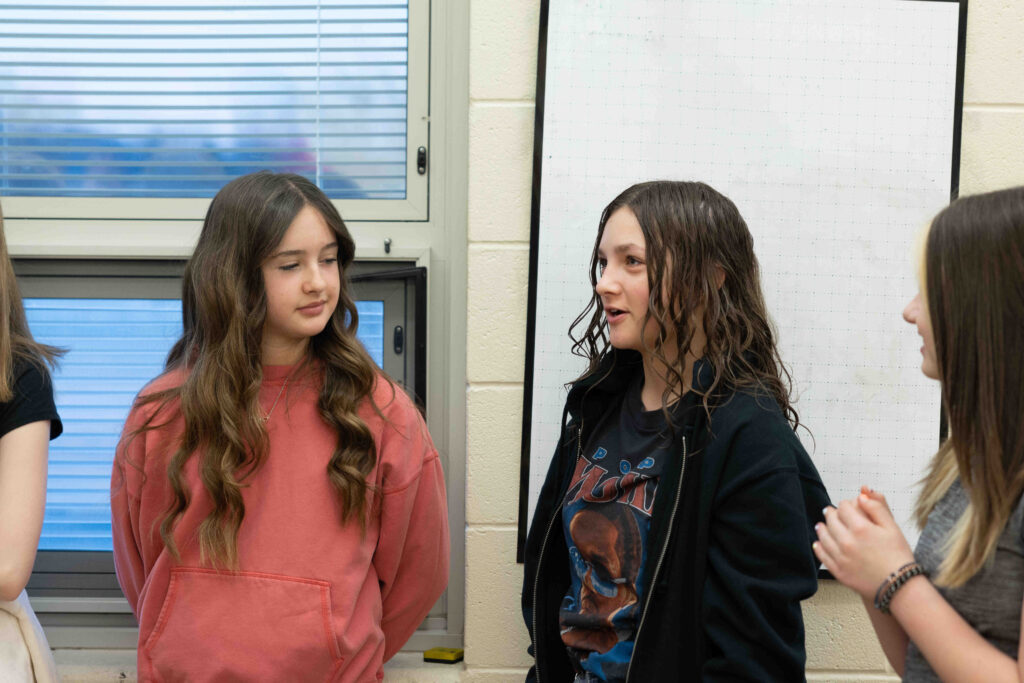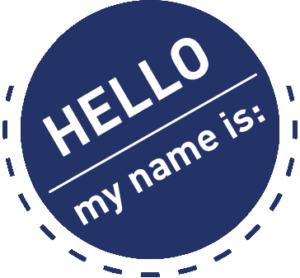March 2024

“When am I EVER going to use this?”
We have all heard this question, and we have answers to it. Sometimes, our answers are specific: “You will use this skill when you create a household budget!”
Sometimes, our answers are general: “We use math to teach problem solving!”
I have said these things to my students and much more.
But the question—“When am I going to use this?”—is now my favorite assessment. When are you going to use this? You tell me.
I used this assessment in all of my high school courses, both as a chapter assessment and as a final assessment. I left it wide open for my students to respond in whatever way they wanted to, and I was delighted with what they came up with.
At the start of my regular statistics course, one of my students was absolutely convinced that he would never use math in his family’s business: training racehorses. When it came time for his final project, he tracked data related to some of his father’s racehorses. No surprise to me, he found that statistics rule the life of a race trainer. How do you know which horse to sell and which to keep? How do you know in which race to enter which horse? How do you know which horse is the most profitable? My student answered these questions and more during the formal presentation he created for his final. Years later, he still uses what he learned and created to chase his racehorse dreams.
Another student, this time from an Integrated III course, had other plans. She could not wait to become a mother and a wife—with the bonus that she would never have to do math again. She was excited to prove to me that her intended vocation did not have a bit of math in it. She charged into her research with vigor and found… that moms do math. A lot, in fact. She found budgeting, credit card interest, garden maximization, couponing, and more. The more she looked, the more math she found. While she was initially disappointed, she was more prepared and ready to handle the math that keeps a household running smoothly.
Admittedly, not all of my students dug into this assessment as deeply. Some created portfolios of their regular classwork and homework to show they were proficient. Some created their own worksheets to complete. But many more used this assessment as an opportunity to prove that they would never use math… and none found that assumption to be true.
You may want to consider using these assessments in your own classrooms. My chapter assessment instructions looked like this:
You tell me…
- What careers use the math we learned in this chapter?
- Pick a career that uses the math we learned in this chapter. Tell me more about how math is used in that career.
- Cite your sources. (at least three)
My final assessment instructions looked like this:
You tell me…
- What career are you interested in pursuing?
- Before you start researching, what math do you expect to be doing in that career?
- What math will you be doing as a _______?
- Tell me more about it.
- Cite your sources. (at least three)
I loved when my students were excited to do this project. I learned so much about them as individuals and as learners. My favorite part of this assessment is its flexibility; students can turn in nearly anything. Students who hated writing delivered brilliant presentations. Students who hated presentations turned in lovely mathematical work on paper. As my students engaged with this assessment as it best suited their own interests, they learned that math is not just something we do in school, but a language we use to describe and engage with our world.
Math is beautiful. Math is everywhere. So when are you going to use it? You tell me.

Jenni White
jenniwhite@cpm.org
